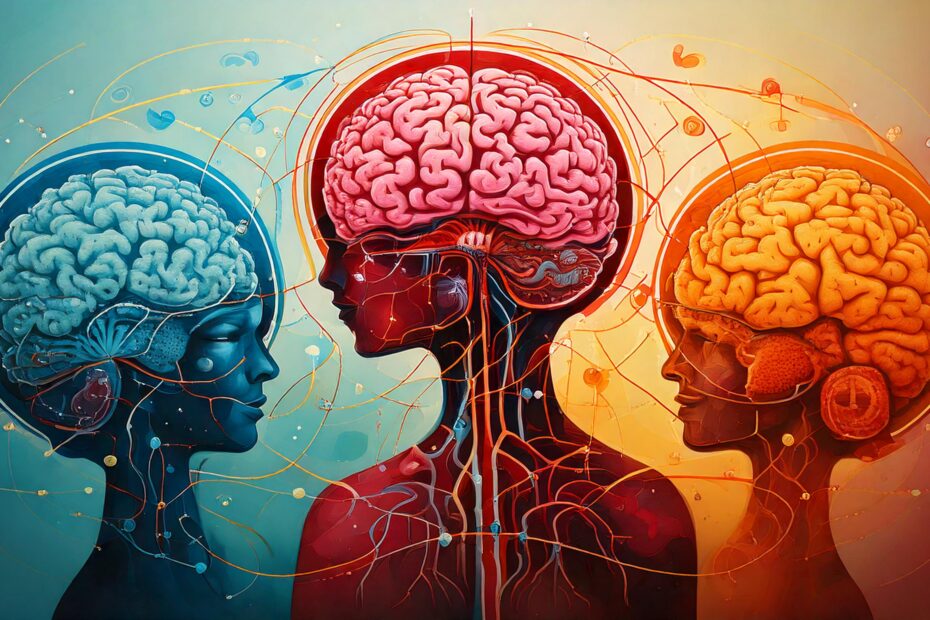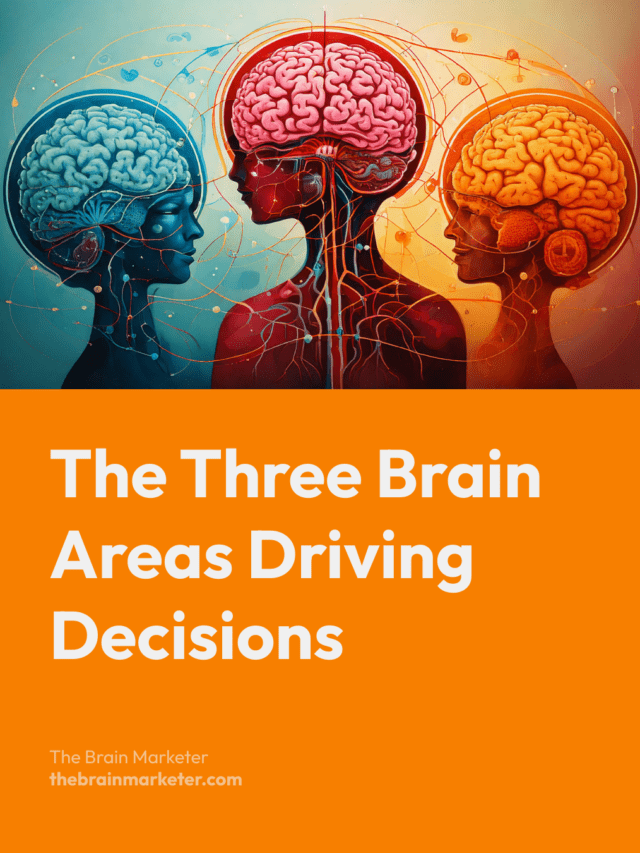Introduction
What happens in the brain when a consumer decides to make a purchase? According to a study by Knutson et al. (2007), three critical brain areas play a pivotal role in determining whether or not a person makes a purchase: the nucleus accumbens, the anterior cingulate cortex, and the insula. Each of these regions contributes to different aspects of the decision-making process, from anticipating pleasure to managing potential discomfort. Understanding how these areas interact can help marketers craft strategies that tap into the brain’s decision-making circuitry.
🎙️ Unpack the Topic with this Podcast
1. The Nucleus Accumbens: Anticipation of Pleasure
The nucleus accumbens is a region of the brain associated with reward anticipation and pleasure. When a consumer is excited about buying a product or imagines enjoying it, this area becomes highly active. The nucleus accumbens essentially drives the desire to purchase by making the consumer anticipate a rewarding experience.
- What It Does: This brain area lights up when we anticipate pleasure, such as the enjoyment of a new product, a delicious meal, or the thrill of a new gadget. It’s where the buying impulse originates.
- Example: When a consumer sees a new smartphone with exciting features, the nucleus accumbens activates, making them more likely to purchase the phone because they anticipate the pleasure of using it.
Marketing Strategy: Marketers can stimulate the nucleus accumbens by creating advertisements that emphasize the pleasure or benefits of owning the product. This could be done through vivid imagery or showcasing positive experiences related to the product.
2. The Anterior Cingulate Cortex: Managing Conflicting Choices
The anterior cingulate cortex (ACC) is responsible for decision-making and helps resolve conflicts when a consumer is faced with multiple choices. It weighs the potential rewards and risks associated with each option, guiding the consumer toward the most favorable choice.
- What It Does: The ACC evaluates the different options available to the consumer and helps make a final decision, especially when there are conflicting emotions or choices. It helps manage situations where the consumer must decide between competing options based on their expected reward.
- Example: When a consumer is choosing between two similar products—one more expensive but with more features, and another cheaper but with fewer benefits—the ACC helps the consumer weigh the options and make a decision based on the potential reward.
Marketing Strategy: To influence this part of the brain, marketers can create clear value propositions and simplify decision-making by emphasizing the unique selling points of their product. Offering comparisons that show why one product offers better value than another can help guide consumers toward the desired choice.
3. The Insula: The Pain of Paying
The insula is associated with the sensation of pain or discomfort, and in the context of purchasing, it activates when a consumer experiences price-related pain. When a product is perceived as too expensive, the insula triggers a feeling of discomfort, which can result in the consumer rejecting the purchase.
- What It Does: The insula is responsible for processing negative sensations, including the pain of paying a high price. It activates when a consumer decides that the cost of a product outweighs the potential benefits, creating a barrier to purchase.
- Example: When a consumer sees a high price tag for a product they desire, the insula may activate, causing them to reconsider the purchase or look for cheaper alternatives.
Marketing Strategy: To minimize the activation of the insula, marketers can use strategies like discounts, promotions, or installment payment plans. By reducing the perceived pain of paying, they can lower the consumer’s resistance and make the purchase feel more comfortable.
Balancing Pleasure and Pain in the Consumer Brain
Understanding how these three brain areas interact is key to creating effective marketing strategies. The nucleus accumbens drives the desire to purchase by focusing on pleasure, while the insula can block that impulse by emphasizing the pain of paying. The anterior cingulate cortex works to balance these conflicting forces, helping consumers make a final decision.
Marketing Takeaway:
- Stimulate the nucleus accumbens by showcasing the pleasure and rewards of the product.
- Help the anterior cingulate cortex by making decision-making easier through clear value propositions and simplified choices.
- Minimize the activation of the insula by using pricing strategies that reduce the perceived pain of paying.
Conclusion
The decision to buy is not just about logic—it’s about the brain’s response to pleasure and pain. By understanding how the nucleus accumbens, anterior cingulate cortex, and insula interact, marketers can create more effective strategies that tap into the brain’s natural decision-making processes. Whether it’s by emphasizing the rewards of a product or by minimizing the pain of paying, the key to successful marketing lies in balancing these neural responses.

Vincent Heimann is a marketing project manager and neuromarketing enthusiast. He founded The Brain Marketer to bridge neuroscience and marketing through accessible, science-based content. With over 10 years of experience in digital strategy, UX/UI and communication, he shares practical insights to help brands connect with the human brain — ethically and effectively

